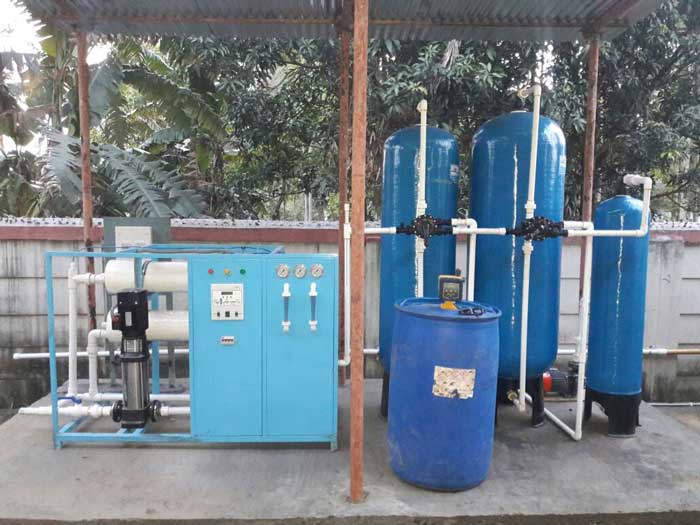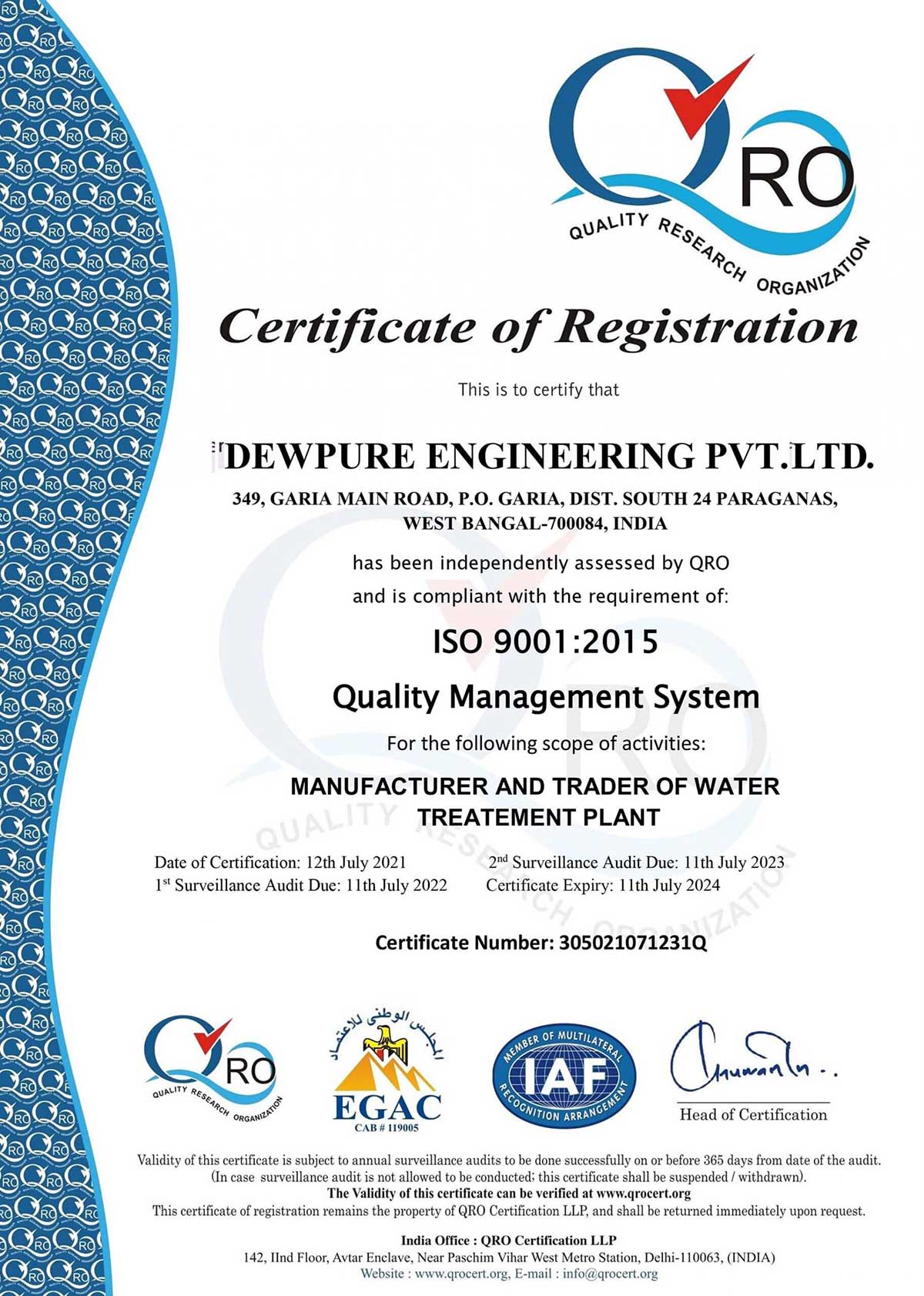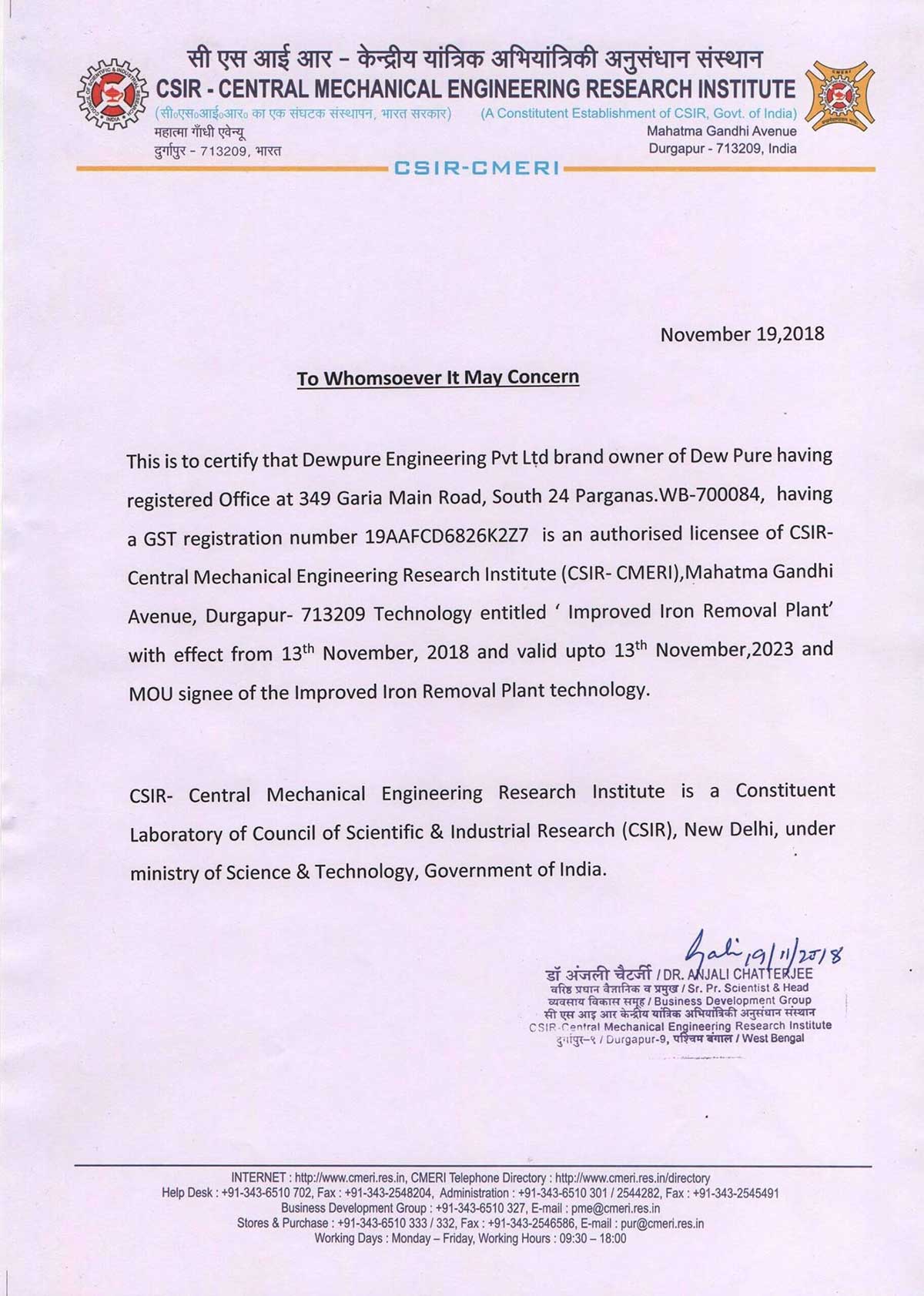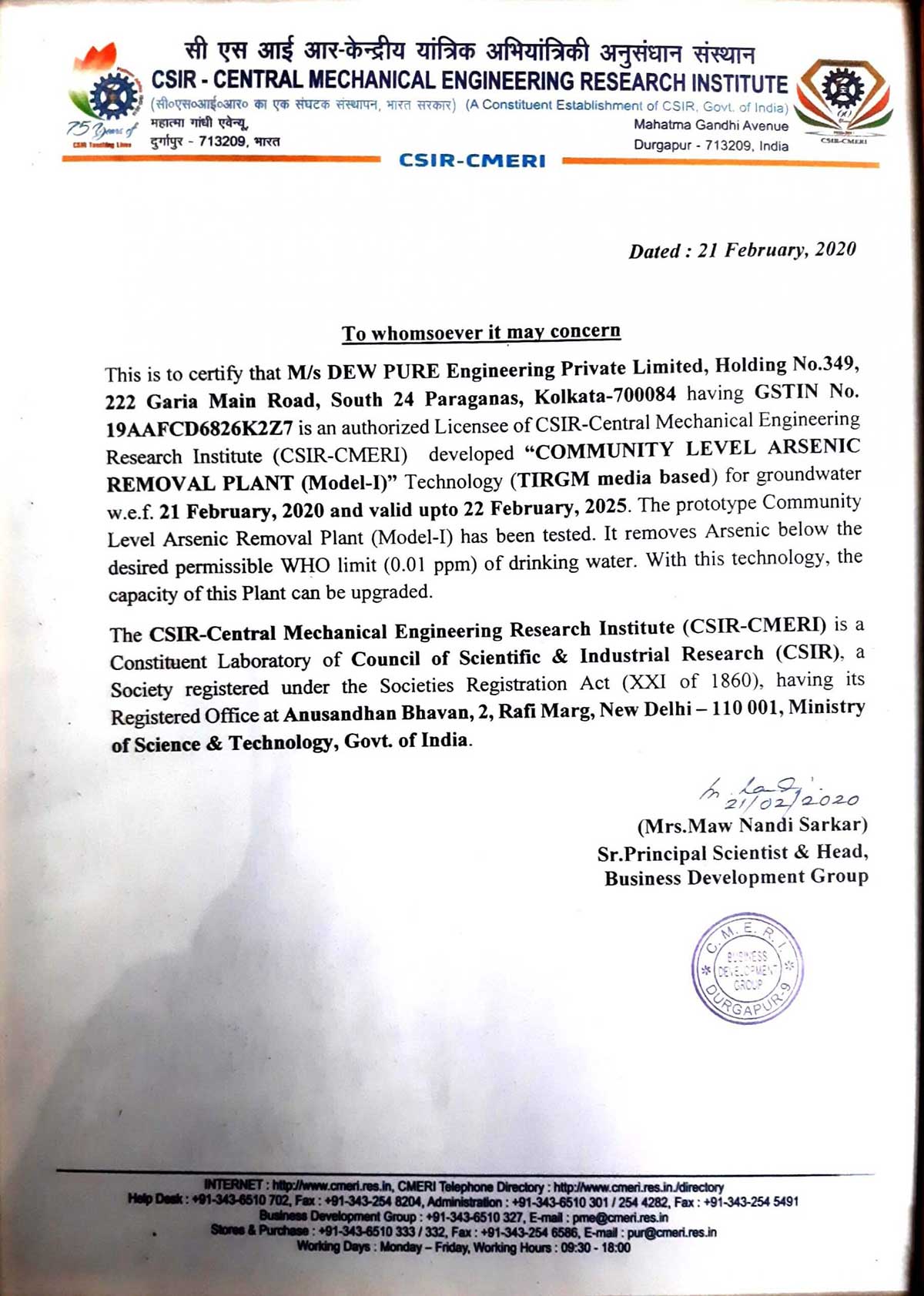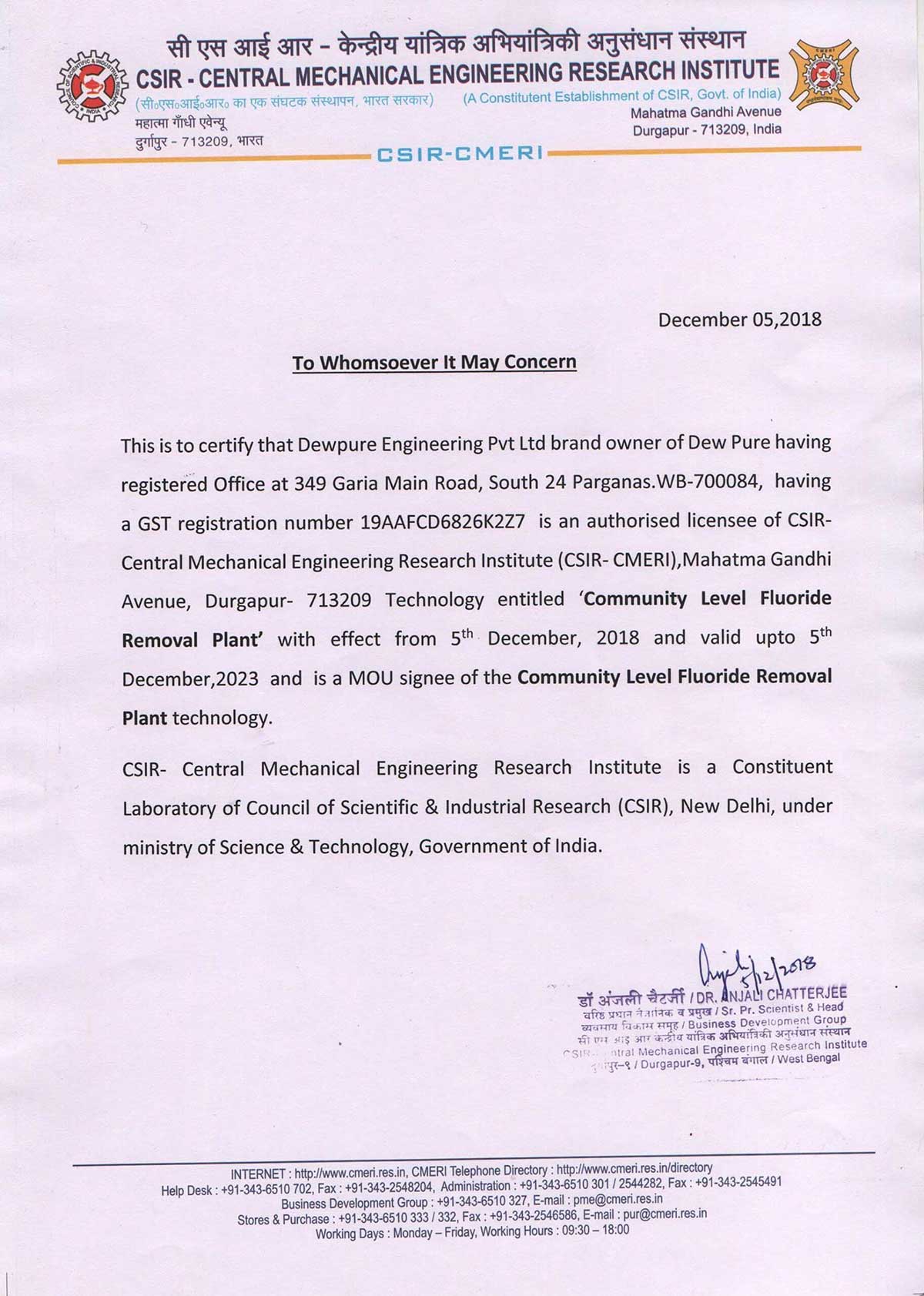Temperature
With the rise in temperature, the rate of permeate flow and the salt passage percentage also increase. Hence, the pace of the permeate flow and the passage of salt is expected to be lower during winters as the feed water is mostly cooler at that time. On the contrary, the rate of permeate flow and percentage of salt to pass through is expected to be more during summers, while considering the operating pressure, TDS, and percentage recovery to be constant.
Pressure
Considering all the other factors as constant, the amount of permeate water produced will increase with the increase in pressure. However, it’s important for you to always check the design specifications mentioned by the manufacturer. Or else, if you operate the system at high pressure, the membrane might prematurely scale or foul, thereby limiting its performance.
Recovery
The relation between feed water flow and permeate flow is known as recovery. With the increase in recovery, the permeate flux gradually decreases and gets stagnated. It happens when the osmotic pressure is equal to feed pressure. However, with the increase in recovery, the salt retention decreases.
Concentration of salt in feed water
The osmotic pressure is typically a function of the salt concentration and its type contained in the feed water. With the increase in salt concentration, the level of osmotic pressure also increases. This proves that the amount of driving pressure for feed water required to reverse the osmotic flow’s natural direction is hugely determined by the amount of salt present in the feed water.
The final word
For individuals or organizations planning to procure an RO system for efficient water management, it is imperativeto do their research beforehand and choose a reputable manufacturer or supplier.
At Dew Pure, we are an industry leader that always works with the core objective of offering world-class water treatment plants and chemicals. We specialize in providing a vast range of products such as Reverse Osmosis plants, packaged drinking water plants, dual media filters, and more. Hence, if you are looking for reliable company that can help you with proper water management, we are here for you. Contact now
